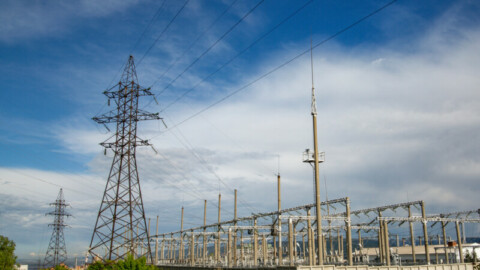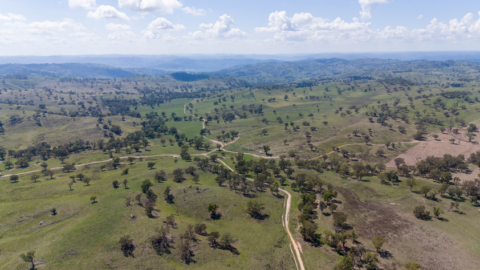by Chris Gilbert, Senior Economic Advisor, Energy Networks Australia
The Australian Energy Market Agreement was enacted in 2004, but since then, a lot has changed in the energy industry in Australia. Here, we take a closer look at the agreement and consider whether it is still an effective tool for bringing our states and territories together when it comes to energy policy.

Does the AEMA still have authority and buy-in to support coordinated national policy? Current evidence suggests this may not be the case.
The Australian Energy Market Agreement (AEMA) was a landmark agreement enacted by all states and territories to signal that the future direction of the energy market would be pursued in a nationally consistent manner.
Or at least, it was meant to be. Recent state-led developments appear to be stepping away from a national agenda, and the question must be asked – where does the Australian Energy Market Agreement and nationally agreed policy stand today?
The Finkel Review in 2017 reflected that in recent times, “the commitment of governments to this national approach to energy policy has been tested”.1
Complicating things, the AEMA explicitly outlines that states can develop their own environmental, energy efficiency, demand management and greenhouse emissions policies.
Finkel questioned whether it was time to reaffirm Australian governments’ commitment to a national, integrated approach to policy, eliciting the review’s favoured approach in recommendation 7.3:
By mid-2018, COAG leaders should agree to a new Australian Energy Market Agreement that recommits all parties to:
» Taking a nationally consistent approach to energy policy that recognises Australia’s commitment in Paris to reduce emissions and governments’ commitment to align efforts to meet this target with energy market frameworks.
» Notifying the COAG Energy Council if they propose to take a unilateral action that falls within the scope of Australian Energy Market Agreement prior to taking the action.
» Within 28 days of notification, the Energy Security Board will provide advice to the COAG Energy Council on the impacts of the proposed action taking into account the objectives of Australian Energy Market Agreement.
COAG responded months later, stating that by mid-2018, the COAG Energy Council would propose a new AEMA to COAG to reaffirm Australian governments’ commitment to the NEM and a national, integrated approach to energy and emissions reduction policy.
The silence has been deafening since, with no recommitment in sight. In December 2018 the ESB reported delays while prioritising the National Energy Guarantee, with progression to recommence in 2019. However, in February this year, work remained on hold.
Meanwhile, states have been busy implementing their own fragmented policies and making inroads to progress their own goals, and the Council of Australian Government framework itself has been overtaken by new COVID-19 inspired arrangements.
Legislation in Victoria passed earlier this year that gave the state Energy Minister power to go it alone on local transmission planning and investment.
The government said the reforms were necessary to “override the complex and outdated national regulatory regime, which causes excessive delays in delivering transmission projects and fails to properly account for the full benefits of investments”.
Damning criticism of the national framework is not easy to reconcile with a recommitment to the AEMA.
The NSW Government’s Electricity Strategy brings forward NSW priority renewable energy zones, which can influence the trajectory of national planning.
While state-based policies can usefully progress issues and remove some roadblocks, uncoordinated state interventions pose questions for the future of the AEMA.
AEMO’s recent Minimum operational demand thresholds in South Australia report, requested by the SA Government, details 31 recommendations to manage the influx of solar PV into the SA grid.
SA-specific analysis for its unique solar PV circumstances seems sensible, but the process to this outcome has bypassed existing national standards and planning mechanisms and is another step away from the AEMA.
There are numerous other derogations from national frameworks, and of course, the AEMA recognises that some policy areas lie with states.
But does the AEMA still have authority and buy-in to support coordinated national policy? The three market institutions were enacted to oversee national policy implementation, but when policy is no longer national, the once clear roles and responsibilities of market institutions are put to the test.
The national framework is fraying around the edges while the AEMA needle and thread sit idle. Due to the nature of our interconnected system, state-based policies often have implications for other states and the nation more broadly.
Current events might indicate that snowballing state interventions are the new normal. Is it possible to get back on the national bandwagon?
We’re at a turning point, and with the ESB’s future up in the air, how well cooperative federalism will work for the energy sector over the years ahead is far from clear.

















